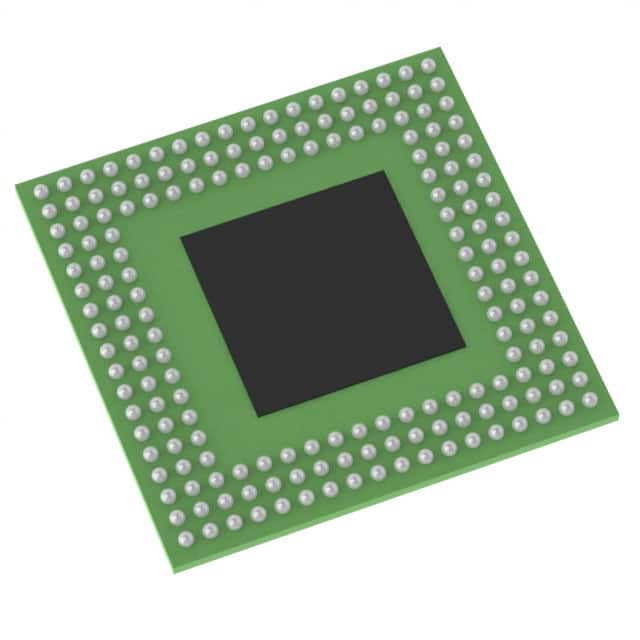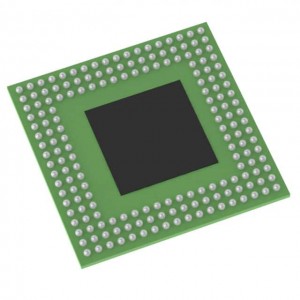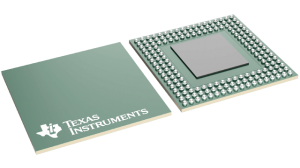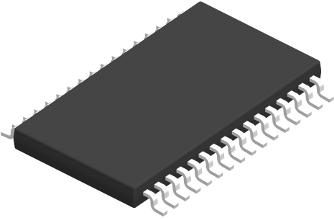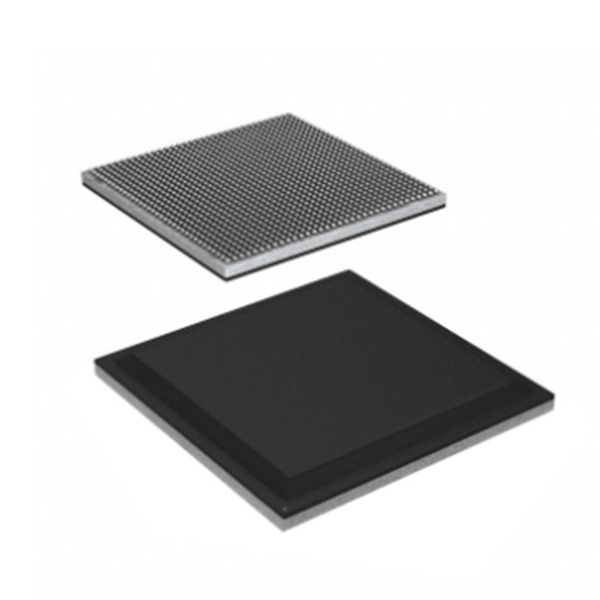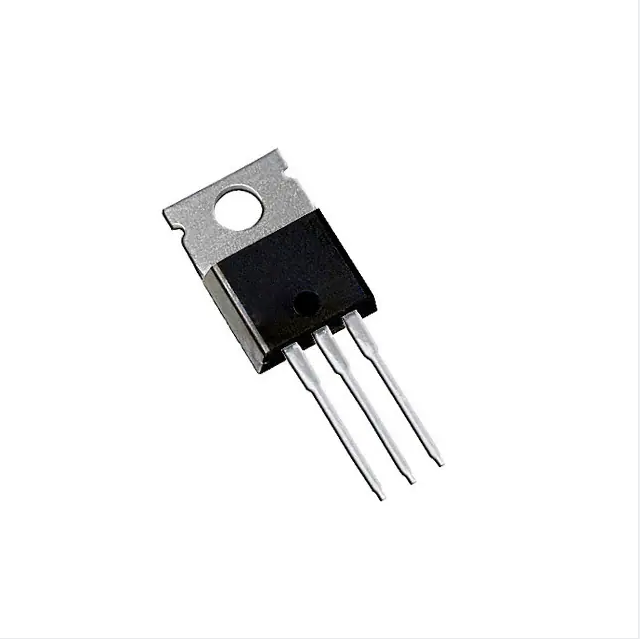IWR6843ARQGALPR stock new and original Electronic Components Integrated Circuits Microcontroller IC Chips
Product Attributes
| TYPE | DESCRIPTION |
| Category | RF/IF and RFID |
| Mfr | Texas Instruments |
| Series | - |
| Package | Tape & Reel (TR) |
| SPQ | 1000T&R |
| Product Status | Active |
| Type | TxRx + MCU |
| RF Family/Standard | - |
| Protocol | - |
| Modulation | - |
| Frequency | 60GHz ~ 64GHz |
| Data Rate (Max) | 900Mbps |
| Power - Output | 15dBm |
| Sensitivity | - |
| Memory Size | 1.75MB RAM |
| Serial Interfaces | ADC, GPIO, I²C, SPI |
| GPIO | 48 |
| Voltage - Supply | 1.71V ~ 1.89V, 3.13V ~ 3.45V |
| Current - Receiving | - |
| Current - Transmitting | - |
| Operating Temperature | -40°C ~ 105°C |
| Mounting Type | Surface Mount |
| Package / Case | 180-VFBGA, FCBGA Exposed Pad |
| Supplier Device Package | 180-FCBGA (15x15) |
Silicon's journey to the top
A failed venture: It is said that Shockley saw a huge market opportunity at a time when no one had yet succeeded in making a silicon transistor; that is why he left Bell Labs in 1956 to start his own company in California. Unfortunately, Shockley was not a good entrepreneur and his business management was a fool's errand compared to his academic skills. So Shockley himself did not fulfill the ambition of replacing germanium with silicon, and the stage for the rest of his life was the podium at Stanford University. A year after its founding, the eight talented young men he had recruited defected from him en masse, and it was the "eight traitors" who were to fulfill the ambition of replacing germanium with silicon.
The rise of the silicon transistor
Before the Eight Renegades founded Fairchild Semiconductor, germanium transistors were the dominant market for transistors, with nearly 30 million transistors manufactured in the United States in 1957, only one million silicon transistors and nearly 29 million germanium transistors. With a 20% market share, Texas Instruments became a giant in the transistor market.
The largest customers in the market, the US government and military, want to use the chips in large numbers in rockets and missiles, increasing the valuable launch load and improving the reliability of the control terminals. But transistors will also be exposed to harsh operating conditions caused by high temperatures and violent vibrations.
Germanium is the first to lose out when it comes to temperature: germanium transistors can withstand temperatures of only 80°C, while the military's requirements are for stable operation even at 200°C. The only one that can withstand this temperature is the silicon transistor.
Sendong invented the process of making silicon transistors, making them as simple and efficient as printed books, and much cheaper than germanium transistors in terms of price. Fairchild's process for making silicon transistors was rough as follows.
Firstly, a layout is drawn by hand, sometimes so large that it takes up a wall, and then the drawing is photographed and reduced to a tiny translucent sheet, often with two lanes of three sheets, each representing a layer of circuitry.
Secondly, a layer of light-sensitive material is applied to the sliced and polished smooth silicon wafer, and the UV/laser is used to protect the circuit pattern from the transillumination sheet onto the silicon wafer.
Thirdly, areas and lines in the dark part of the transillumination sheet leave unexposed patterns on the silicon wafer; these unexposed patterns are cleaned with an acid solution, and either semiconductor impurities are added (diffusion technique) or metal conductors are plated.
Fourthly, repeating the three steps above for each translucent wafer, large numbers of transistors can be obtained on silicon wafers, which are cut by women workers under a microscope and then connected to wires, then packaged, tested, and sold.
With a large number of silicon transistors on the market, Fairchild, founded by the Eight Traitors, was among the companies that could stand alongside such giants as Texas Instruments.
An important driver - Intel
It was the subsequent invention of the integrated circuit that summed up the dominance of germanium. At that time there were two technology lines, one for integrated circuits on germanium chips from Texas Instruments and one for integrated circuits on silicon chips from Fairchild. At first, the two companies had a fierce dispute over the ownership of the patents on the integrated circuits, but later the Patent Office recognized the ownership of the patents on the integrated circuits by both companies.
However, as Fairchild's process was more advanced, it became the standard for integrated circuits and continues to be used today. Later, Noyce, the inventor of the integrated circuit, and Moore, the inventor of Moore's Law, left Centron Semiconductor, who, incidentally, were both members of the "Eight Traitors". Together with Grove, they founded what is now the world's largest semiconductor chip company - Intel.
In the subsequent development, Intel pushed silicon chips. It beat Texas Instruments, Motorola, and IBM to become the king of the semiconductor storage and CPU sector.
As Intel became the dominant player in the industry, silicon also ended germanium, and what was once Santa Clara Valley was renamed "Silicon Valley". Since then, silicon chips have become the same as semiconductor chips in the public perception.






